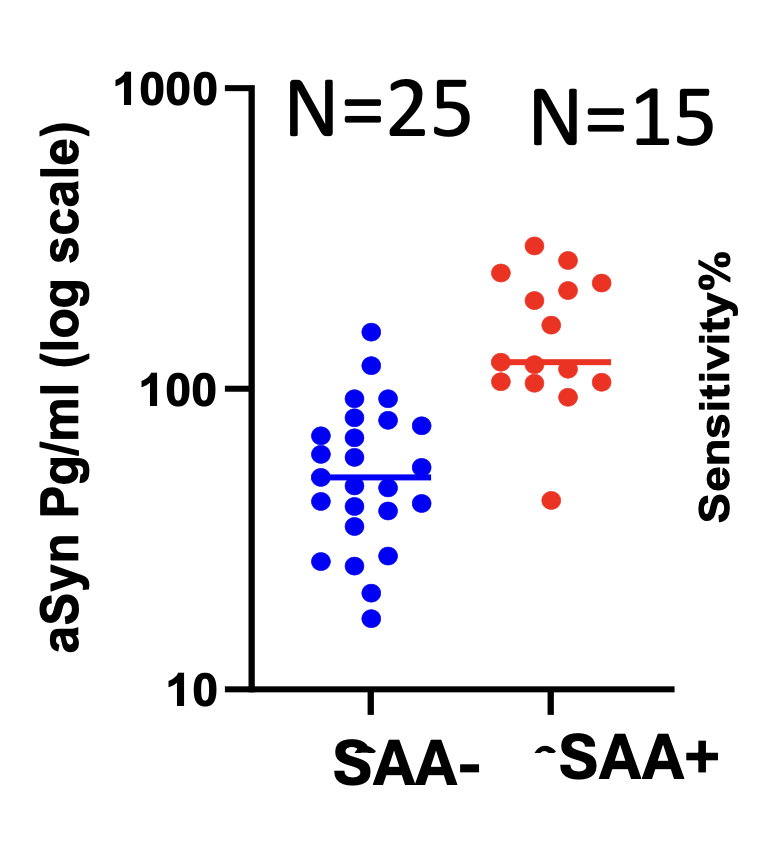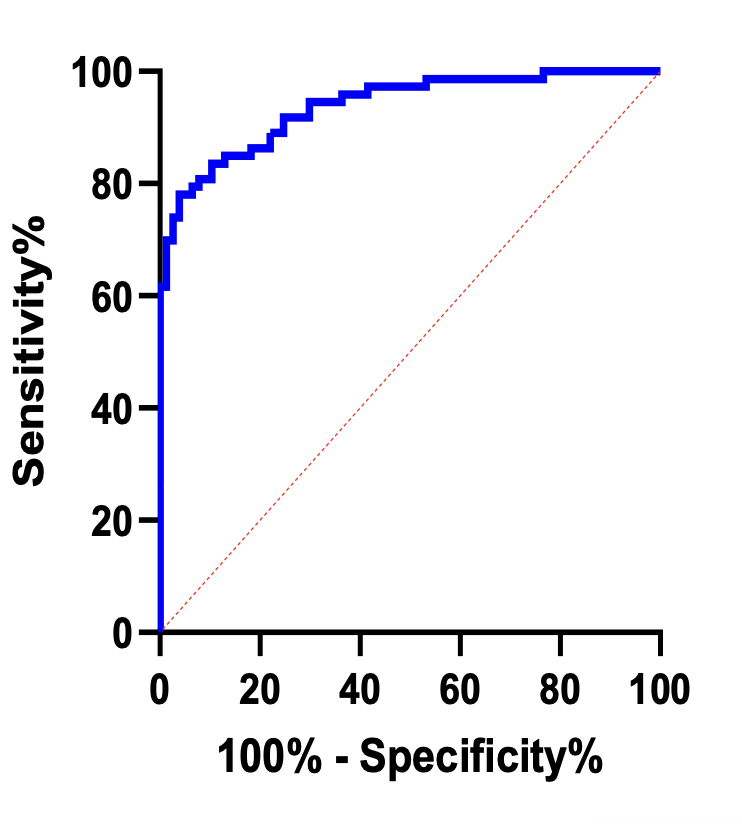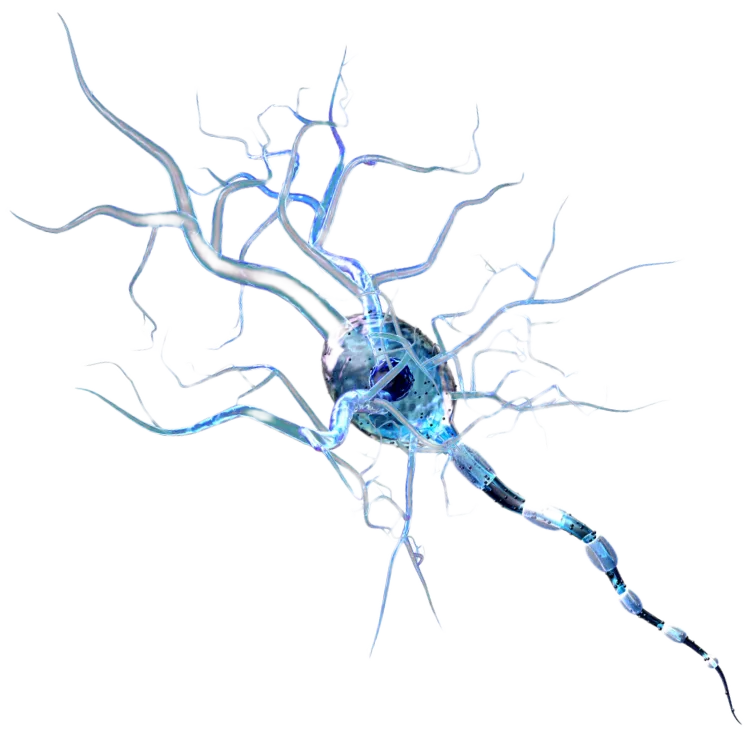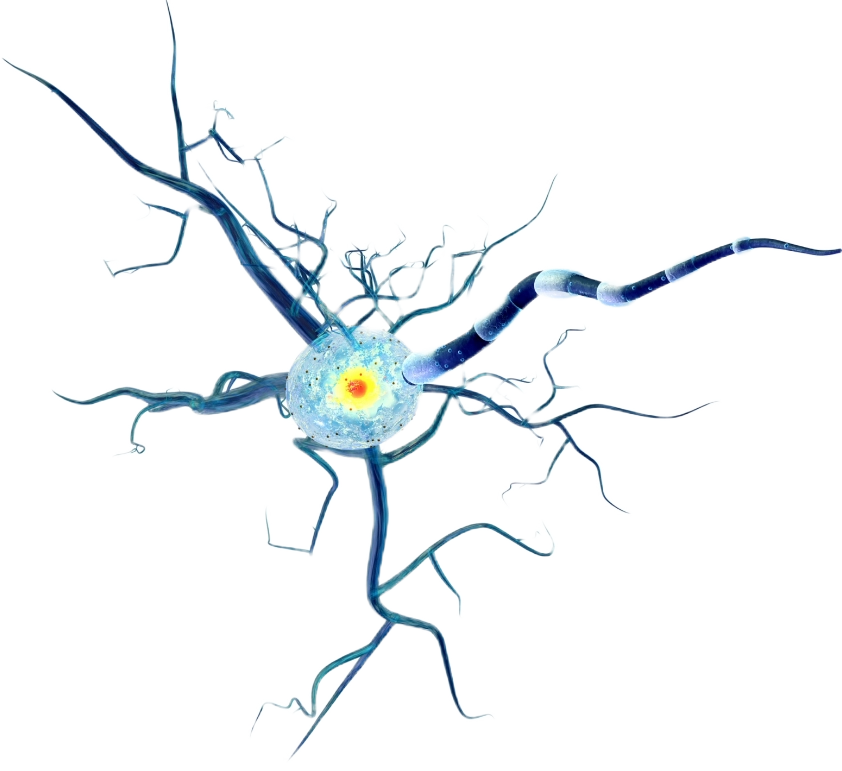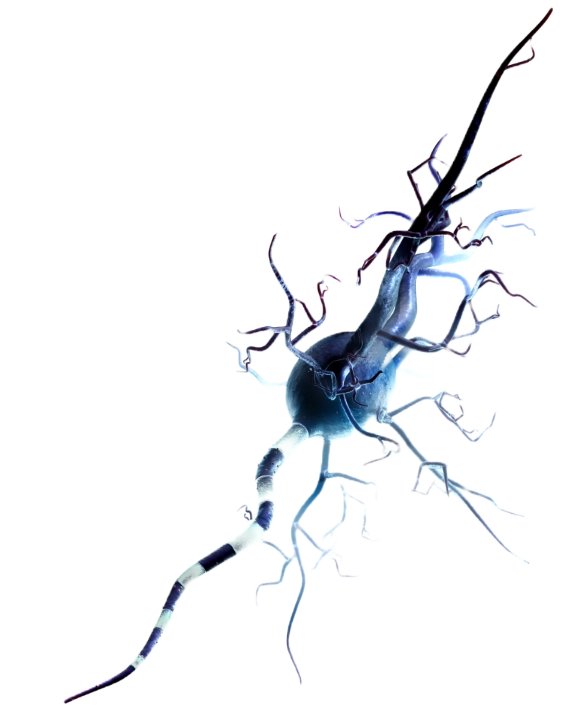α-Syn
Unlocking Early Detection: The Critical Role of Alpha-Synuclein in Neurological Disease Biomarkers
The Current Diagnostic Landscape: Limitations and Challenges
Diagnosing Parkinson's Disease (PD) currently relies heavily on clinical assessments of motor symptoms such as tremor, rigidity, and bradykinesia. However, these symptoms can be subtle in the early stages, easily mistaken for other conditions, or attributed to normal aging. Approximately 500,000 Americans are diagnosed with Parkinson’s disease; however, some experts estimate that as many as 1 million Americans have PD [5], indicating the limitations of current diagnostic capabilities. This reliance on late-stage symptoms often means diagnosis occurs when significant irreversible neuronal loss has already transpired. This diagnostic delay restricts the effectiveness of available treatments, which are most potent in mitigating disease progression during earlier stages.
Understanding Parkinson's Disease: A Complex Neurological Disorder
Parkinson's disease is a complex neurodegenerative disorder characterized by the progressive loss of dopaminergic neurons in the substantia nigra, a region of the brain crucial for motor control. While the exact mechanisms triggering this neuronal death remain elusive, the accumulation and aggregation of alpha-synuclein protein within neurons, forming Lewy bodies, are considered central to the disease pathology.
Misfolded and aggregated alpha-synuclein is recognized as a neuropathological hallmark of Parkinson's disease [8]. This abnormal protein accumulation disrupts cellular function, contributes to neuronal death, and ultimately leads to the characteristic motor and non-motor symptoms of PD.
What is Alpha-Synuclein and What Does it Normally Do?
Alpha-synuclein is a small protein abundantly present in the brain, primarily located at presynaptic nerve terminals. Its normal function is not fully understood, but it is believed to play a role in synaptic vesicle trafficking and neurotransmitter release. In healthy individuals, alpha-synuclein exists in a soluble, unfolded state.
Misfolding, Aggregation, and Lewy Bodies
In Parkinson's disease, alpha-synuclein undergoes a conformational change, misfolding and aggregating into insoluble fibrils. These fibrils accumulate within neurons, forming characteristic inclusions known as Lewy bodies, a defining pathological feature of PD.
Post-Translational Modifications (PTMs)
Post-translational modifications (PTMs) of alpha-synuclein, such as phosphorylation, particularly at serine 129 (pS129-αSyn), play a crucial role in its aggregation and toxicity. These modifications can serve as specific biomarkers for the disease.
Oligomeric and Seeding-Competent Alpha-Synuclein
Recent research suggests that smaller, soluble oligomeric forms of alpha-synuclein, rather than the larger fibrils, may be the primary toxic species in PD. These oligomers are also “seeding-competent,” meaning they can induce the misfolding and aggregation of normal alpha-synuclein, potentially contributing to the spread of pathology within the brain.
What Makes a Good Biomarker for Parkinson's Disease?
An ideal biomarker for Parkinson's disease should be sensitive, specific, reliable, and easily accessible. It should be able to distinguish PD from other neurological disorders and ideally detect the disease in its pre-symptomatic stages, before the onset of clinical symptoms.
Alpha-Synuclein as a Promising Biomarker Target
Given its involvement in the core pathology of PD, alpha-synuclein holds immense promise as a biomarker. Its presence in various biological fluids, including cerebrospinal fluid (CSF) and blood, makes it a potentially accessible target for early detection.
Central Nervous System (CSF): A Rich Source of Information
Cerebrospinal fluid (CSF), which bathes the brain and spinal cord, has been a primary source for investigating alpha-synuclein biomarkers. CSF analysis allows for a more direct assessment of the central nervous system, revealing valuable information about ongoing pathological processes.
Peripheral Highways: The Promise of Blood-Based Biomarkers
Blood offers a significantly more accessible and less invasive route for biomarker detection than CSF. Blood-based biomarkers hold the potential for large-scale screening and routine clinical use, making early detection more feasible for wider populations.
Accessible Pathways: Peripheral Tissues as Diagnostic Windows
Researchers are also exploring other peripheral tissues, such as skin biopsies and saliva, as potential sources of alpha-synuclein biomarkers. These tissues offer alternative diagnostic windows, potentially accessible through less invasive procedures.
Leveraging Alpha-Synuclein Biomarkers for Therapeutic Advancement
Alpha-synuclein biomarkers represent a transformative breakthrough in precision medicine, enabling clinicians to stratify patients, guide targeted therapy development, and monitor treatment responses with unprecedented accuracy. These molecular markers are revolutionizing how we approach neurodegenerative diseases by providing direct insights into disease pathology and therapeutic efficacy.
Stratifying Patients for Clinical Trials: Precision Medicine Approaches
Guiding the Development of Targeted Therapies
Monitoring Treatment Efficacy and Disease Progression
Biomarkers for Predicting Disease Response to Therapies
our work
Alpha-Synuclein Diagnostic Differentiation
CSF Confirmed LBD
ExoSORT followed by NeuroDex proprietary Alpha-synuclein analysis enables differentiation between dementia with positive Alpha-synuclein seeding assay (SAA+), and negative (SAA-).
Clear biomarker separation
High diagnostic accuracy
Validated methodology
